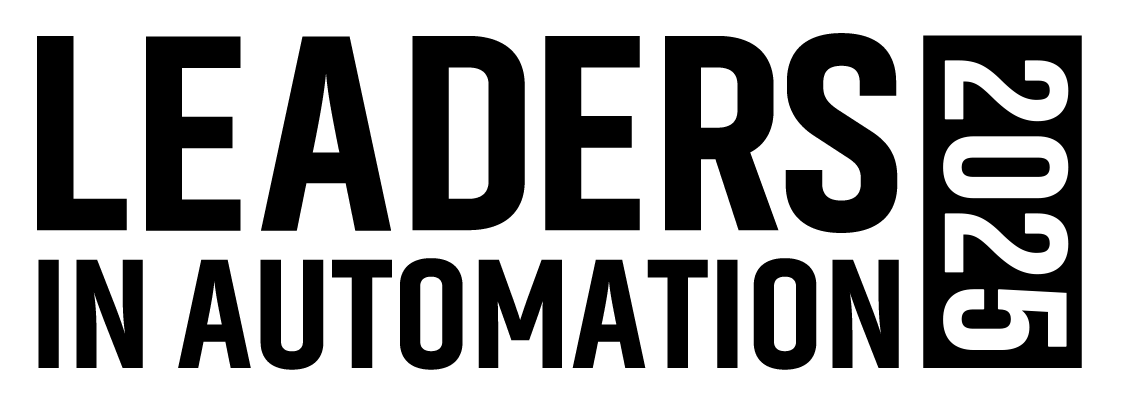What Flow Measurement Technique is Right for You?
Flow measurement is a significant part of the sensor market, especially in industrial applications where accurate and repeatable measurements are crucial for both process control and financial transactions such as custody transfers.
For automation engineers, the distinction between accuracy expressed as a percentage of reading versus a percentage of scale is critical in selecting the right measurement devices. Control highlights the importance of international standards and best practices for the installation of sensors, particularly regarding pipe lengths and dealing with impurities like dirt, corrosion materials or entrained gases in real-world fluid systems.
Control also delves into specific flow measurement challenges encountered in industries handling solids, slurries, and mixed-phase flows. For instance, vortex meters are susceptible to compacting small particles, a problem solvable by rotating the meter to prevent particle accumulation.
Magnetic flowmeters, vulnerable to damage from solid particles, can benefit from upstream deflector plates. The most complex challenge described involved measuring a four-phase flow stream with solids, oil, water and air.
Control shares more flow measurement insights in this article.

